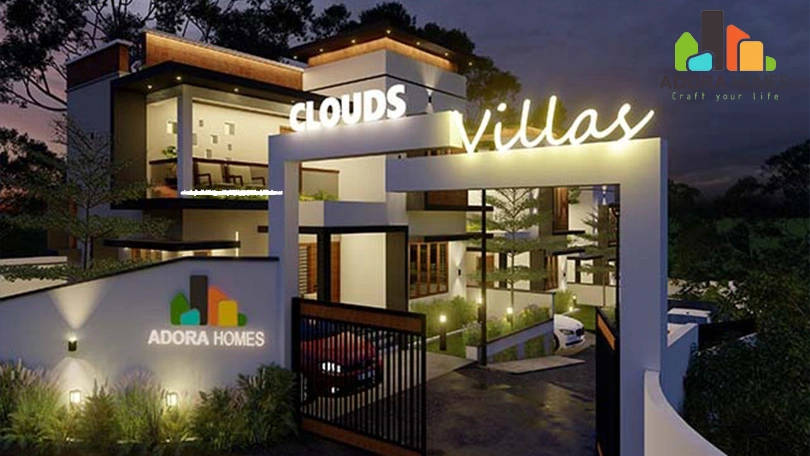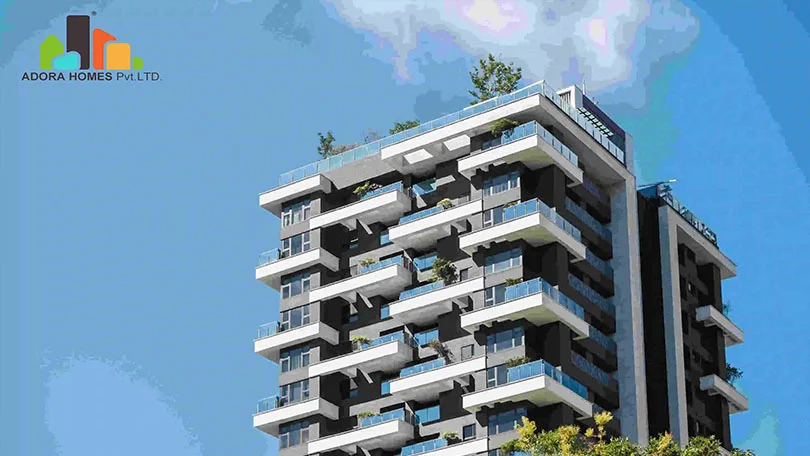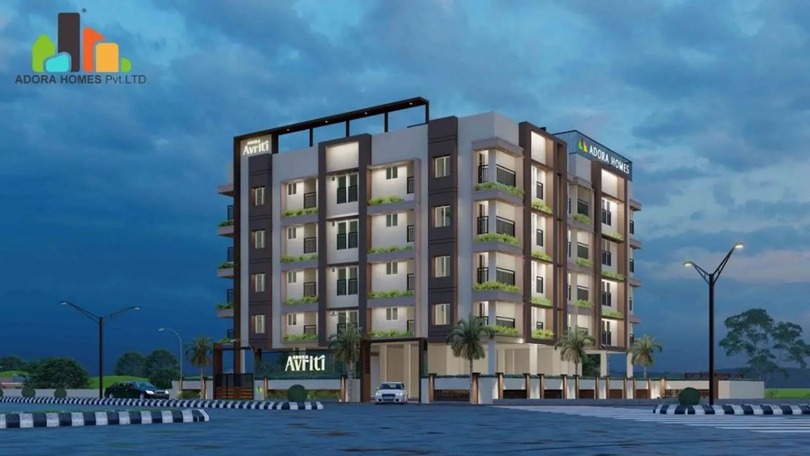In 2025, modular construction is transforming the building industry by combining cutting-edge innovation with practical solutions. This method constructs building modules in a factory, then transports and assembles them on-site to create everything from sleek homes to pop-up medical facilities. Celebrated for its speed, sustainability, and versatility, modular construction is a cornerstone of modern building solutions. This guide unpacks its mechanics, benefits, challenges, applications, and what’s next for this transformative approach.
In modular construction, individual building modules are prefabricated in a controlled factory environment. These modules—complete with structural elements, electrical systems, plumbing, and interior finishes—are shipped to the site and assembled into a cohesive structure. Unlike traditional construction, which relies on on-site work, modular construction splits tasks between factory and site, enabling parallel workflows for faster completion.
By building modules in a factory while preparing the site (e.g., foundations or utilities), modular construction slashes build times. A retail space or emergency shelter that might take months traditionally can be ready in weeks, ideal for urgent or time-sensitive projects.
Factory production optimizes material use and labor efficiency. Standardized designs reduce waste, and indoor settings eliminate weather-related costs. That’s why modular construction suits projects focused on staying within budget.
Modular construction prioritizes eco-friendliness:
Factory environments enable stringent quality checks, ensuring uniformity. Modules are engineered to endure transport, often making them more resilient than site-built structures, with compliance to strict building standards.
Buildings built using modular construction can be reconfigured, expanded, or shifted to accommodate future needs. This adaptability suits temporary setups like disaster relief or permanent structures like expandable offices.
Modular construction’s versatility spans multiple sectors:
| Feature | Modular Construction | Traditional Construction |
|---|---|---|
| Speed | Swift (parallel tasks) | Slower (step-by-step) |
| Cost | Lower (efficient processes) | Higher (waste, delays) |
| Quality | Uniform (factory standards) | Variable (site-dependent) |
| Sustainability | Eco-focused (less waste, green tech) | More environmental impact |
With global demand for sustainable, scalable buildings rising, modular construction is thriving. Its ability to deliver high-quality structures quickly aligns with urban growth and environmental goals. In 2025, innovations like modular skyscrapers and AI-driven designs are expanding its reach, positioning it as a leader in the future of construction.
Modular construction is redefining how we build, offering speed, sustainability, and adaptability. While logistical and design challenges remain, cutting-edge advancements are paving the way for broader adoption. From urban housing to crisis response, modular construction delivers efficient, high-quality solutions. As 2025 unfolds, it’s clear this method is shaping the future of the built world.

Essential Amenities for Dream Luxury Apartments in Thrissur.

Why Investing in Premium Apartments in Thrissur Outweighs Villas

Finding Best Real Estate Builders in Thrissur

Benefits of Adora Avriti-Affordable 2 & 3 BHK Apartment

Top 10 Benefits of Buying Your Home from a Trusted Builder

What Makes Apartments an Ideal Choice?